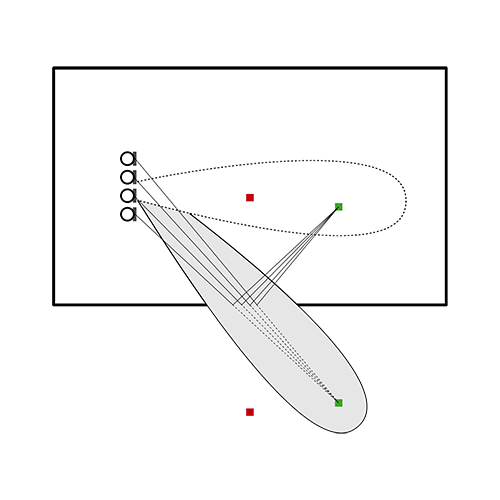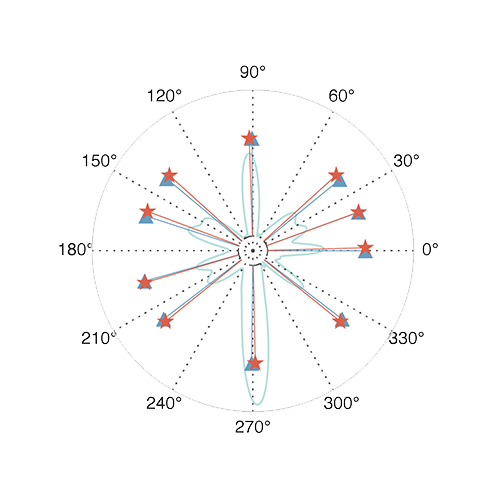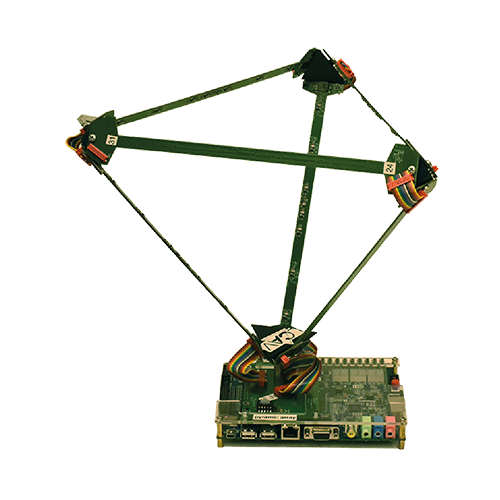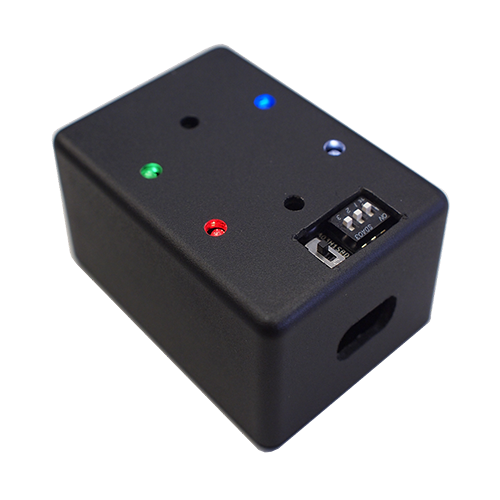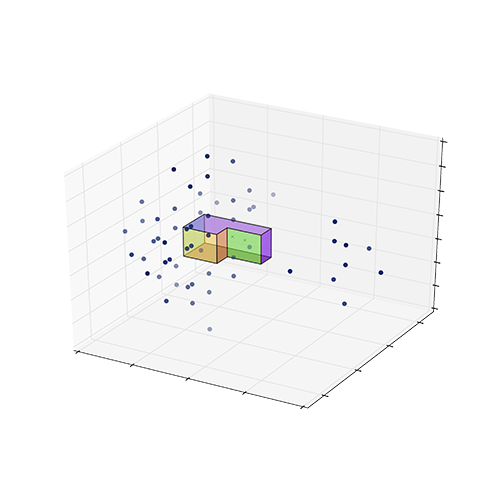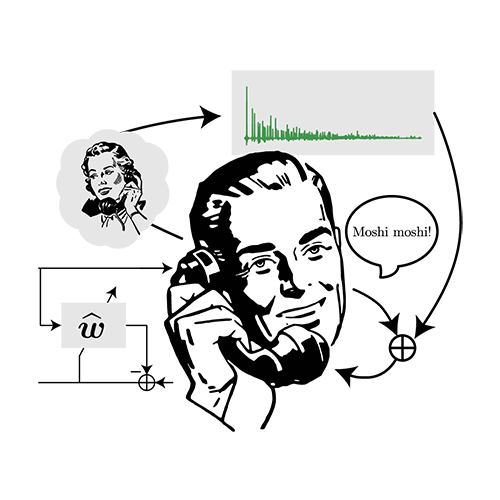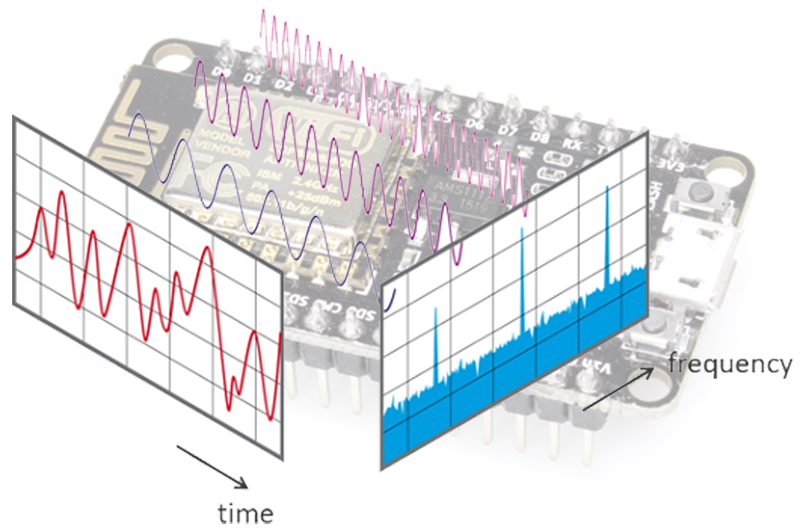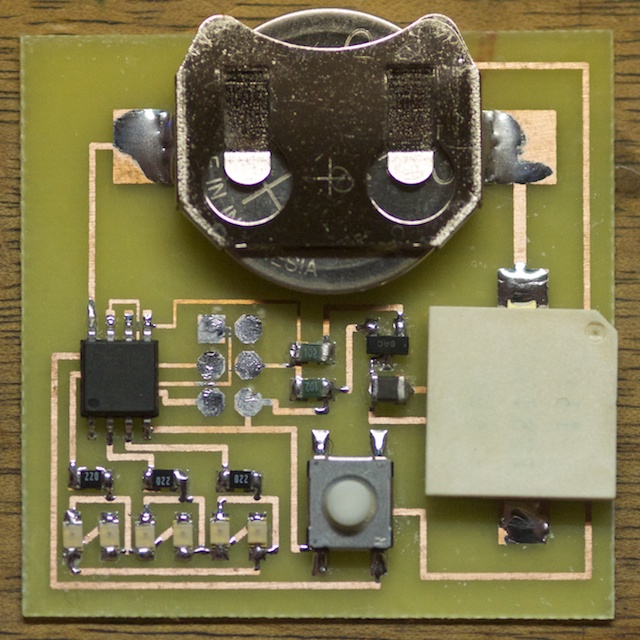December 12, 2017
FFT on the ESP32
I recently started playing with the ESP8266, which was nice but somewhat limited, and now its older brother, the ESP32. Given their price and their I2S module, they make very nice platforms to start playing with audio processing and distributed microphone arrays. Just get an SPH0645 I2S microphone and get started! Amazing.


